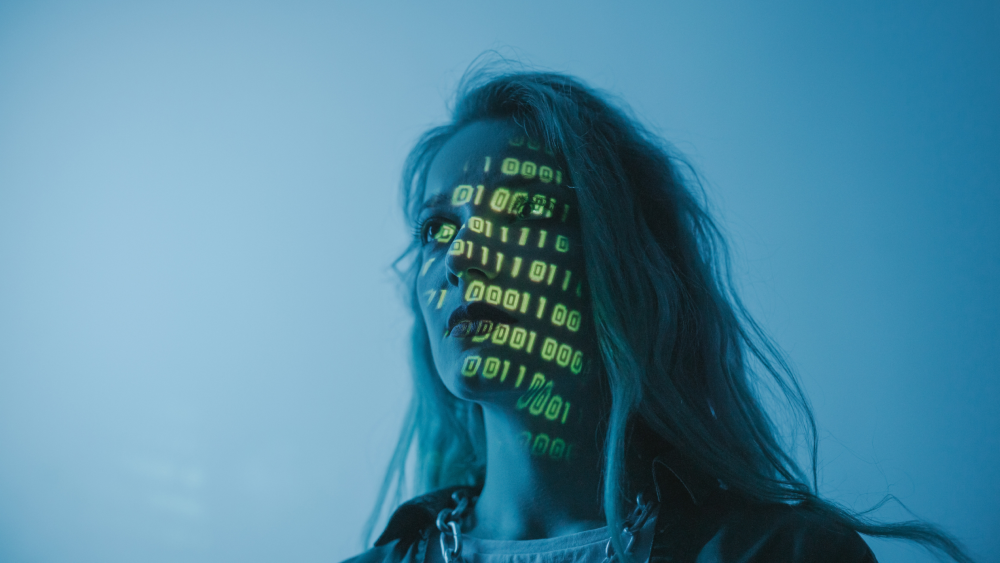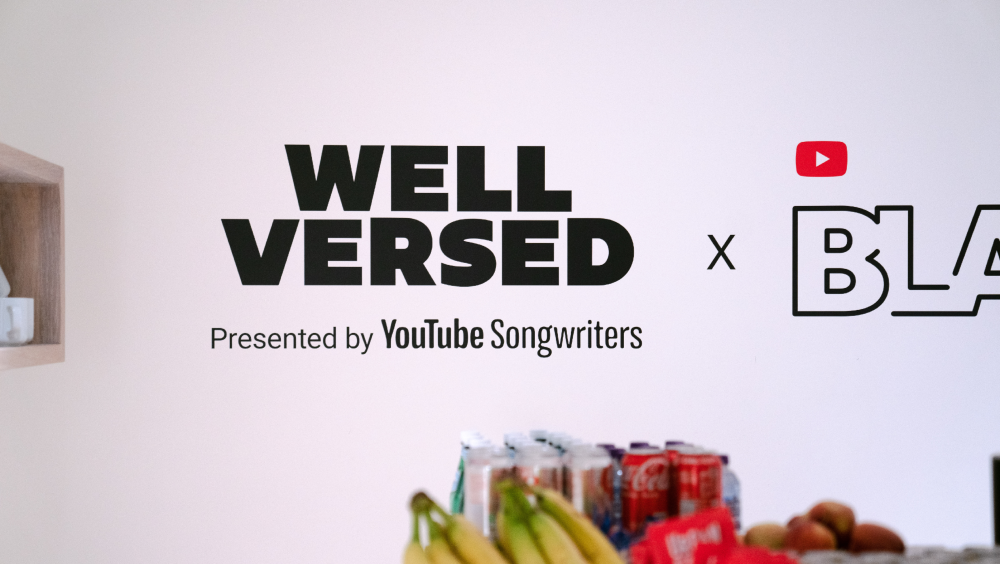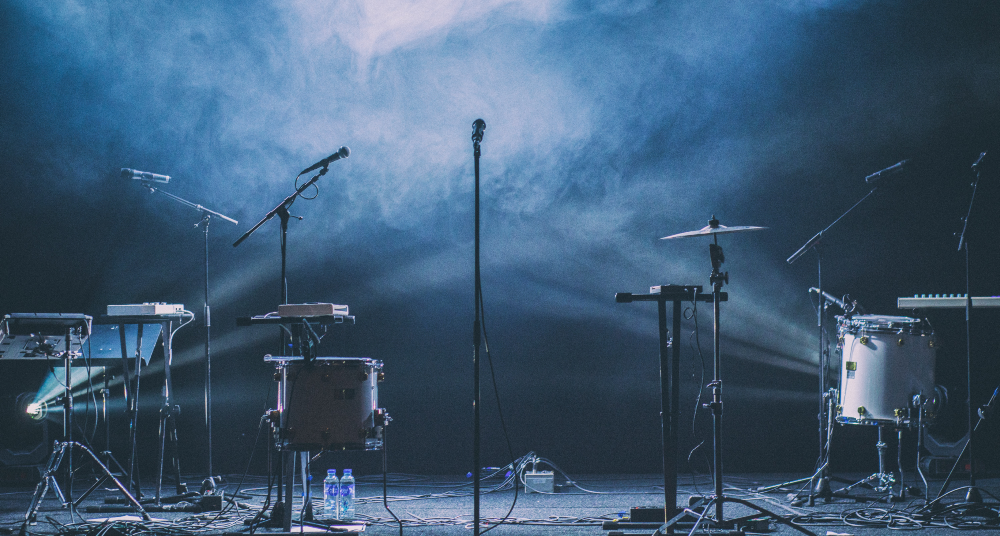It has been said that the loss of one sense leads to the others becoming heightened as a natural response to help an individual navigate the world. A 2010 study revealed that visually impaired children are far more likely than fully sighted children to take a ‘significant interest’ in everyday sounds, with 48% of blind children displaying this trait in comparison to 13% of their fully sighted peers. The study also found that blind children were 4,000 times more likely to have perfect pitch, and consequently, a larger percentage of them play an instrument compared to fully sighted children.
‘The way we make sense of the world is through our senses – it’s how we gather data, and visually, it’s very hyperstimulated,’ explains Sandra Schembri, CEO of music therapy charity Nordoff Robbins. 'If that’s removed, your other senses attune more. It’s not necessarily that they become “stronger”; it’s that you’re tuning more into that sense.’
'Music allows you to engage with someone in a way that isn't reliant on a world that you can see. It's a world that you can create through sounds.’
Music also affords visually impaired people an outlet for connection with others. ‘The way we connect so much is through our body language,’ Sandra continues. ‘There's so much that we can gather visually, so music can provide people with a visual impairment that ability to connect and to have a shared language. It allows you to engage with someone in a way that isn't reliant on a world that you can see. It's a world that you can create through sounds.’
It’s clear how the bond visually impaired people have with music might lead them down a path where music becomes their vocation. However, like the wider world, the music industry has plenty of catching up to do in the way of accessibility. Visually impaired people are by no means a homogenous group with the same access needs, but the brightness and colour of lighting in spaces, signage, and the size and colour of fonts on informational documents can all influence the accessibility of a space.
Equally crucial is the attitudes, understanding and knowledge of the venue staff. ‘When it comes to not just obviously visual impairments, but across any impairment or health condition, it's very common for assumptions to be made about what people can and can't do, how much assistance they might need, and what is what is the kind of appropriate way to talk to someone about that and going through that process,’ Rich Legate, a visually impaired artist and patron of the disability charity Attitude Is Everything, explains.
‘It’s not about ticking a box. It's not about avoiding people pointing the finger at you. It's about running really great events, which only benefit from diversity.'
Ultimately, it is in the best interests of all parties for them to be accommodated. ‘It’s not about ticking a box. It's not about avoiding people pointing the finger at you. It's about running really great events, which only benefit from diversity. It benefits the bottom line as well, if the business is getting more people in the door. You're offering a service which your competitors may not be, and there's a lot of value to be had in that.’
‘Touring is how I make most of my income, so my ability to tour is directly linked to my ability to make a living,’ adds metal singer-songwriter Emma Ruth Rundle. She lives with a rare progressive eye condition called retinitis pigmentosa, in which the cells in the retina that perceive colour and light die off and limit vision. It mostly affects her peripheral and night vision, meaning she needs to use a cane to navigate places at night, and it takes her vision longer to recover when she’s exposed to particularly bright light.
When it comes to performing, Emma needs to be guided on and off stage by a member of her crew. In the technical rider advanced to venues where she plays, a section is included on the specific types of lighting she needs. ‘I use static lighting, meaning the lighting doesn't move during the show – we set up one light scene, and we just keep it that way,’ she explains. ‘Every place you play has a different situation. We've been playing in churches and non-traditional venues that don't have full lighting rigs, and figuring out how to light those spaces in a way where I can play and it still feels like a show has been an interesting challenge.’
‘When I tell people that I have a vision issue, it's hard for people to wrap their heads around because it's not a common disease and it's not something you can see when you look at me.'
Dialogue is a necessary aspect of managing access arrangements, but can be emotionally taxing, particularly for those whose visual impairment might not be obvious or requires more explanation. ‘People are, for the most part, understanding, but I try not to get into it too much,’ says Emma. ‘When I tell people that I have a vision issue, it's hard for people to wrap their heads around because it's not a common disease and it's not something you can see when you look at me. It can be kind of hard to understand without getting into this big conversation explaining the anatomy of the eye.’
Rich also understands this difficulty. ‘I actually don't see much point in me raising it within the music industry because, although it’s quite cynical, I'm not really sure that the industry is ready to hear everything about that. At the moment, it still feels like quite a closed off environment. You become the expert in negotiating your own needs and requirements, and almost forge your way without actually asking for what you need. Why would you ask somebody who has no lived experience of what you go through to try and assist you?’
Attitude Is Everything is currently running a campaign, Just Ask, which is aiming to make these conversations easier by encouraging promoters to ask artists if they have access requirements, and to promote the use of access riders like Emma’s.
Rich maintains that the picture is mixed for promoting the inclusion of visually impaired people like himself, as well as other disabled people. ‘It’s often one step forward, two steps back,’ he says. There are still industry-wide conversations that need to be had, and where visually impaired musicians are concerned, a considerable lack of representation in the mainstream.
But there are signs of hope. Attitude Is Everything, for one, has been in existence for just over two decades, but in recent years have found themselves getting progressively busier, with more organisations reaching out to work with them and improve inclusion at their live music events. ‘We have some really engaged parts of the live music industry and some brilliant partners that we work with too,’ Rich says. ‘There's a lot of work to do, but we have seen some encouraging progress. Hopefully one day we won't need to exist, but there's still a lot to achieve.’





